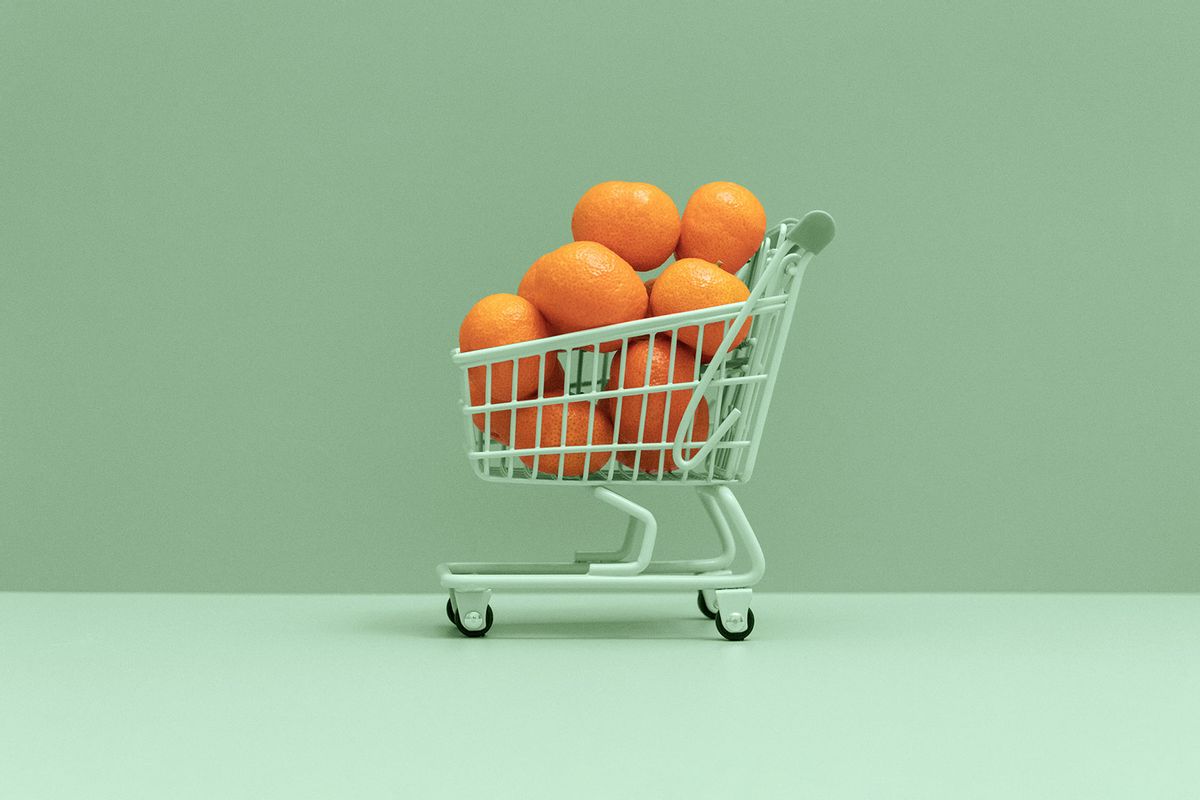The share of low-income U.S. families experiencing food insufficiency — sometimes or often not having enough food to eat — fell from 24.5% to 22.5% at the outset of the COVID-19 pandemic in 2020, we found in a new study published in the November 2023 issue of Food Policy.
This 2 percentage-point decline coincided with the rapid expansion of a pilot program that allows the purchase of groceries online with benefits from the Supplemental Nutrition Assistance Program, also known as SNAP.
First mandated by the farm bill Congress passed in 2014, the SNAP Online Purchasing Pilot was initially rolled out on a limited basis in 2019.
Once COVID-19 arrived in the U.S. in early 2020, the pilot was rapidly expanded nationwide because the pandemic disrupted schooling, child care, transportation and in-person retail shopping. All of those changes curtailed access to food — especially for people with low incomes.
Nationally, SNAP online grocery purchases soared to US$155 million in June 2020, from less than $3 million in January of that year.
To investigate whether the rapid rollout of the Online Purchasing Pilot played a role in the food insufficiency decline at that time, we teamed up with Jordan Jones, a U.S. Department of Agriculture economist. We analyzed 12 weeks of data covering April 23, 2020, to July 21, 2020, from the Household Pulse Survey involving approximately 10,000 low-income households.
Because the pilot was rolled out gradually in different states, we were able to leverage the differences in the timing using a two-way fixed-effects model. This method made it possible to determine that SNAP's online purchasing program contributed to the decline in food insufficiency.
The prevalence of very low food security — a condition in which people may skip meals — increased for families with children in 2020. But the impact of the Online Purchasing Pilot was not larger for these households as opposed to those without any kids.
We believe this suggests that the ability to use SNAP benefits online does not resolve some food-related problems, such as those that arise because of school closures.
Low-income children are eligible for free meals at school. While many school districts found creative ways to distribute grab-and-go meals when school buildings were closed in 2020 and 2021, not all families were able to take advantage of those opportunities.
Why it matters
SNAP benefits currently help more than 42 million Americans buy food. The maximum monthly amount for a family of four in the 2024 fiscal year, which began on Oct. 1, 2023, is $973 in the 48 mainland states and the District of Columbia.
Online options for using these benefits vary by state. In many locations, they include big stores that sell groceries, such as Walmart, Target, Whole Foods and Safeway and some popular online retailers like Amazon.
Buying groceries online makes life easier for anyone who has trouble purchasing food in person, including people with disabilities, those with limited transportation access or those living in remote locations.
About 1 in 6 Americans pay for groceries online every week and more than half have done so in the past 12 months.
What other research is being done in this field
This is one of several studies that have evaluated the impact of temporary food assistance policies at the height of the COVID-19 pandemic. One member of our group, Grace Melo, conducted research with a different team that found that the mental health of children in low-income families that got a boost in SNAP benefits did not decline, even though they were disproportionately affected by the pandemic.
What's next
Another member of our research team, Kyle Jones, is now researching how this pilot affects what kinds of groceries Americans are buying with SNAP benefits. He also plans to analyze how using the benefits for online purchases changes how much time people with these benefits spend on grocery shopping.
The Research Brief is a short take on interesting academic work.
Grace Melo, Assistant professor of Agricultural Economics, Texas A&M University; Andrea Leschewski, Associate Professor of Applied Economics, South Dakota State University and Kyle Jones, PhD Candidate in Economics, University of Kentucky
This article is republished from The Conversation under a Creative Commons license. Read the original article.

Shares